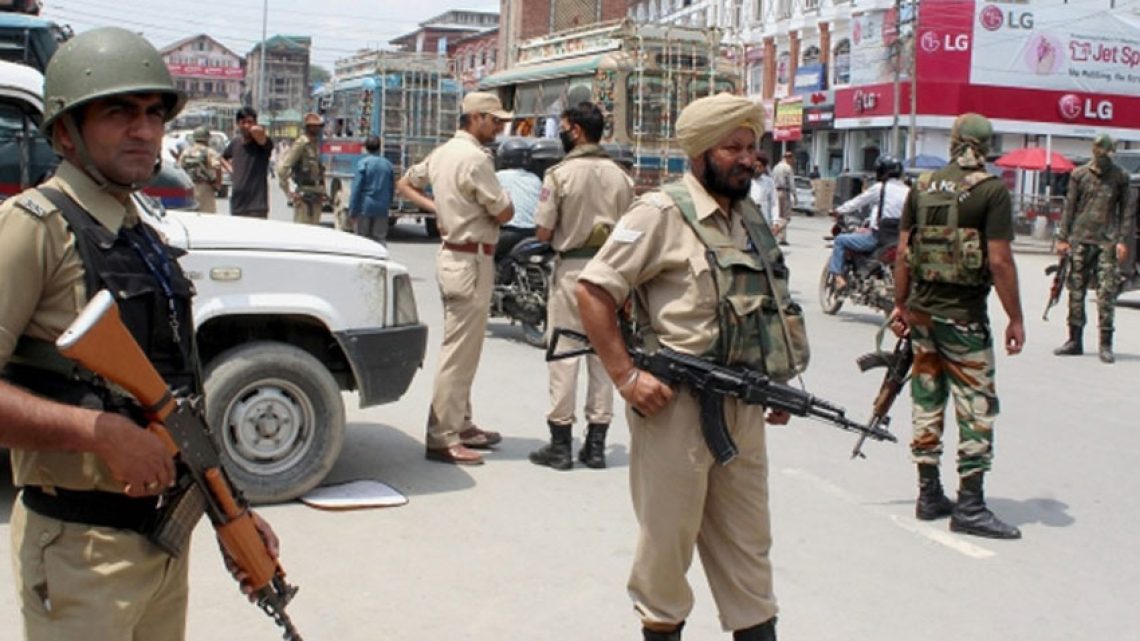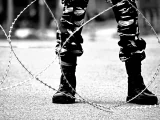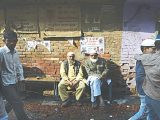
IIOJK Further Barricaded Ahead of Modi’s Visit
September 19, 2024Indian illegally occupied Jammu and Kashmir (IIOJK) has transformed into a heavily fortified area due to stringent security measures for Prime Minister Narendra Modi’s visit. These restrictions have raised concerns about civil liberties.
Modi is scheduled to address election rallies at the Kashmir Cricket Stadium and Katra, a key pilgrimage site. However, the atmosphere in Srinagar resembles a military operation more than a political event.
Troops are conducting rigorous vehicle checks and intensifying surveillance. This has created an atmosphere filled with fear and intimidation among the local populace.
Inspector General of Police V K Birdi confirmed that a multi-tier security arrangement is in place for Modi’s visit. Traffic assistance points have also been implemented to minimize public disruption.
The significant military presence has not gone unnoticed. Locals express frustration over the excessive measures that infringe upon their daily lives. For many, it feels like a lockdown rather than a political event.
The situation highlights the ongoing tensions in the region, where security concerns often overshadow civil rights. Residents worry about the long-term implications of such measures on their freedoms.
The heavy-handed approach reflects the government’s strategy to control the narrative surrounding Modi’s visit. By ensuring a tight security grip, officials aim to project stability in a region known for unrest.
However, this façade of security may come at a high cost. The emotional toll on residents, who feel increasingly alienated, raises questions about the effectiveness of such strategies in fostering genuine political dialogue.
Modi’s planned rallies, intended to boost his party’s presence in the region, risk being overshadowed by the very security measures meant to support them. The perception of an occupied territory persists, complicating any messaging of unity.
As the day of the event draws near, the stark contrast between the government’s image of security and the local reality becomes evident. Many residents remain skeptical of the government’s intentions.
In this charged atmosphere, the need for genuine dialogue and engagement with the local population is more pressing than ever. The heavy-handed tactics employed may lead to further disillusionment among the people.
The visit serves as a reminder of the complexities of governance in Jammu and Kashmir. A delicate balance between security and civil liberties is crucial for sustainable peace.
As Modi prepares to address the crowd, the real challenge lies in addressing the underlying issues that have long plagued the region. Only then can true progress be achieved.
The narrative crafted around this visit will likely influence future policies. The government’s approach to Kashmir remains a focal point of contention, shaping the region’s future dynamics.
In the end, the heavy security measures highlight a broader struggle between authority and the rights of individuals. The residents of Jammu and Kashmir continue to seek recognition and respect in their own homeland.

